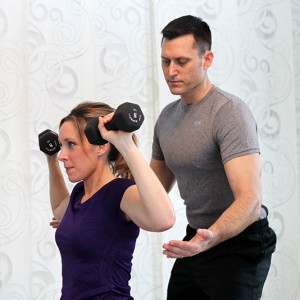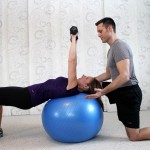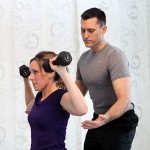Are you experiencing pain in your heel during your favorite physical activities or even after sleep and putting weight on your feet? If you are, then you may have plantar fasciitis. This is caused by swelling of the tendons that connect your heel bone to your toes. A doctor should be consulted if you are experiencing such an issue.
In order to help with the heeling process, the Mayo Clinic recommends:
- Change activities and decrease exercises that place pressure on your foot.
- Check your footwear. Make sure your shoes have a minimum of one inch heel, good support and good cushioning. Do not go barefoot or wear sandals.
- Stretch and massage your foot. A good stretch would be a standing calf stretch with bent knee.
- Alternate ice and heat after activities. The Mayo Clinic recommends 10 minutes of heat, one minute of ice, followed by four sessions alternating four minutes of heat, one minute of ice.
If the pain is lasting more than 6 weeks or becomes worse, you should consult a doctor. If you have questions concerning plantar fasciitis or any other foot or ankle related problems, we recommend contacting Dr. Jeffrey Frederick at www.michiganfootcare.com.







